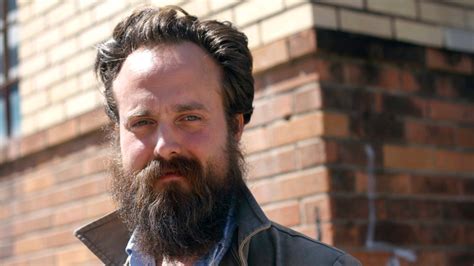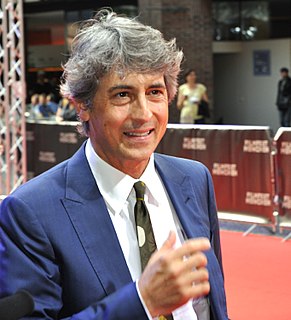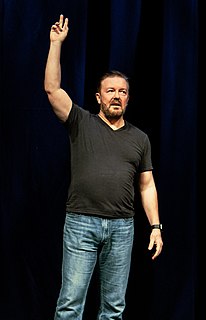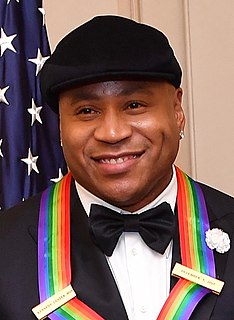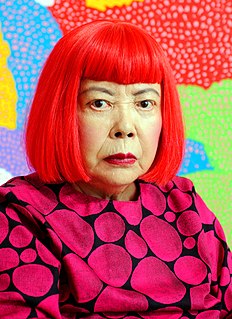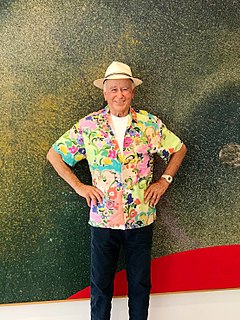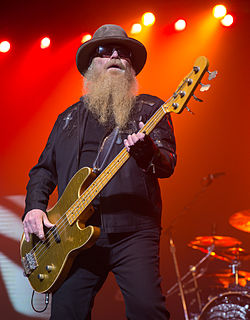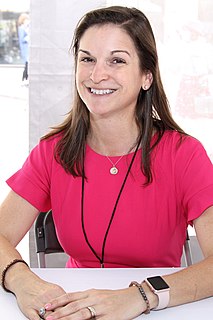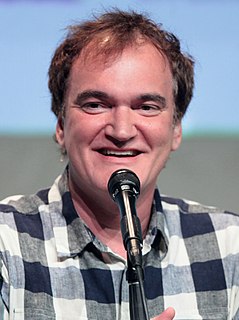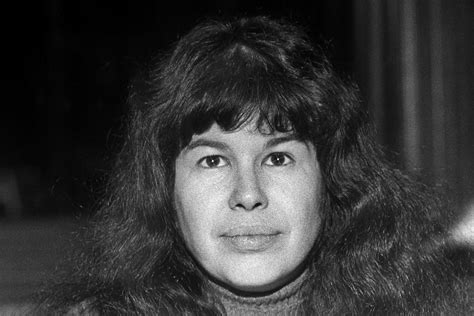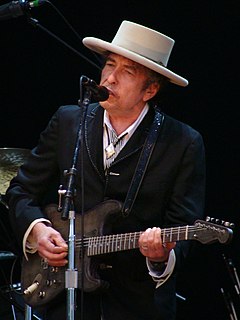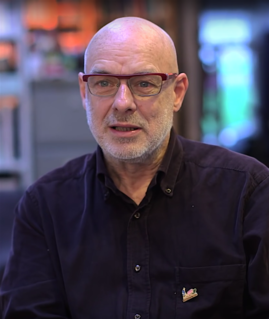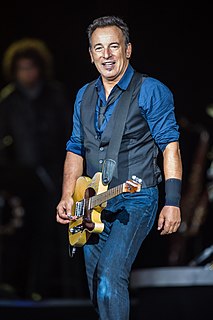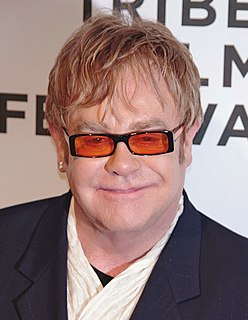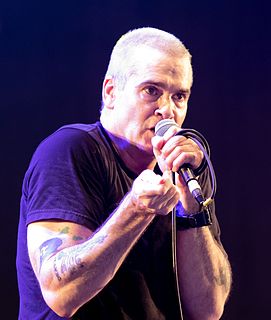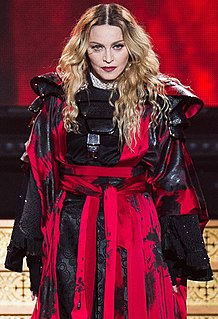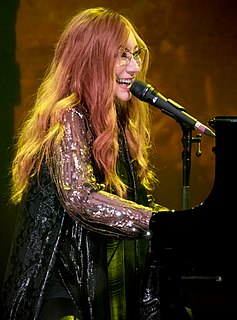A Quote by Samuel Ervin Beam
At art school you realize that in order to stay engaged you have to ignore the critics, good and bad.
Related Quotes
I read reviews of critics I respect and feel I can learn something from. Right now there are a lot of bottom-feeder critics who just have access to a computer and don't necessarily have an academic or cinema background that I can detect, so I tend to ignore that and stay with the same top-tier critics that I've come to respect. I like reading a good review - it doesn't have to be favorable, but a well-thought-out one - because I very much appreciate the relationship of directors and critics.
Jack Sturtzer, one of my cousins, had gone to art school and suggested that I might be interested in a private school called the Art Institute of Buffalo, and in fact that is what happened. So upon graduation in 1948, I then went to stay with my cousins on Seventeenth Street and enrolled in the program at the Art Institute on Elmwood Avenue.
